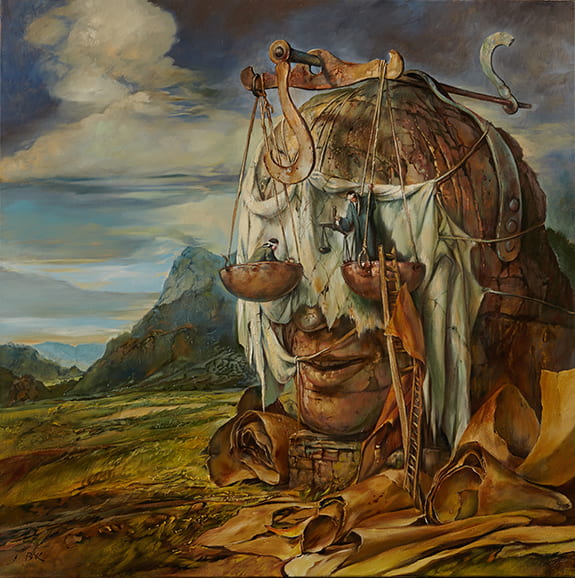
Reflections on Andreas
by Kaedy Puckett, Clare Kemmerer, Dannie Griggs, and Maya Ordonez

by Kaedy Puckett, Clare Kemmerer, Dannie Griggs, and Maya Ordonez
Reading Augustine’s story of Alypius just before reading Regarding the Pain of Others by Susan Sontag raises several rather fruitful questions, two of which we find particularly interesting: first, how have the ethics of witnessing violence changed since the 4th century, and second, how does Alypius’ experience fit in with Sontag’s conception of the three basic viewpoints from which one can relate to violence? Though Alypius recognizes the moral dangers…
Group: Julia Liu, Ann Rayburn, Wren McMillan This week, we have opted to explore the The Life of St. Margaret through three different poetic styles. The first poem, “Untitled” by Julia Liu, utilizes a free verse structure. The next, another untitled piece by Ann Rayburn, is also in free verse, but is intensely inspired by the works of e.e. cummings and makes ample use of formatting elements. The third poem,…
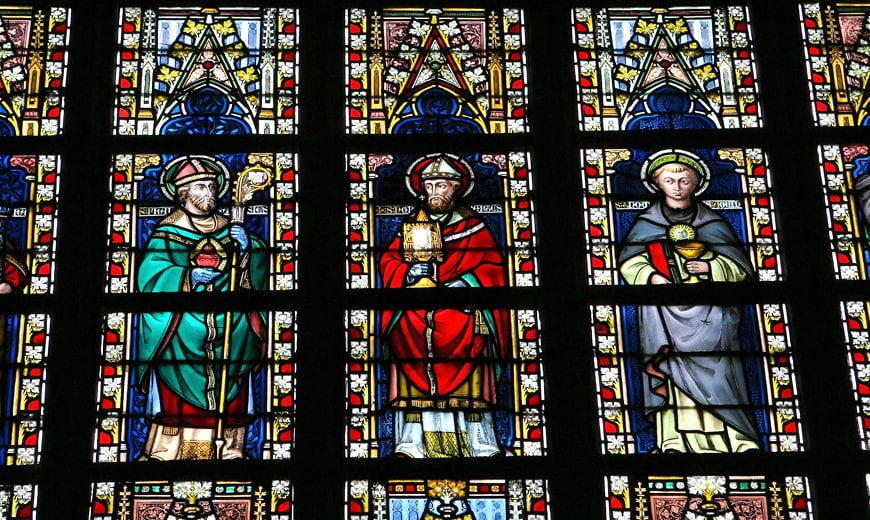
THE MOTEL CLERK’S SON STEPS ON THE GLASS at his wedding to recall his people’s suffering during his greatest joy. The stepping is shorthand: the shortest alphabet is steepest. A car horn to tell his ancestors, “I see you, may my tongue cleave to the roof of my mouth should I forget.” He sounds out the glass because, as truckers say in the office, “If you can’t see them,…
By Kaedy Puckett Some see pain as memory and some see memory as pain Poetry, Art, and Literature, aestheticize the slain. Gruesome torment, captured through portraiture of inflicted sin Where seeing eyes are captivated by bittersweet disdain The moon, the stars, the cosmos hold no candle to the image Of torn and twisted flesh; of cruelty utterly inhumane. Does vivid horror unite the good, or does it please the bad?…
I’m going to go out on a limb here and assume that the universal consensus is that suffering is something everyone experiences and tries to avoid. No one enjoys suffering, even people such as masochists, because the moment they begin to enjoy it they are no longer suffering. I would like to go so far as to say that no one deserves suffering, but I have trouble coming to that…
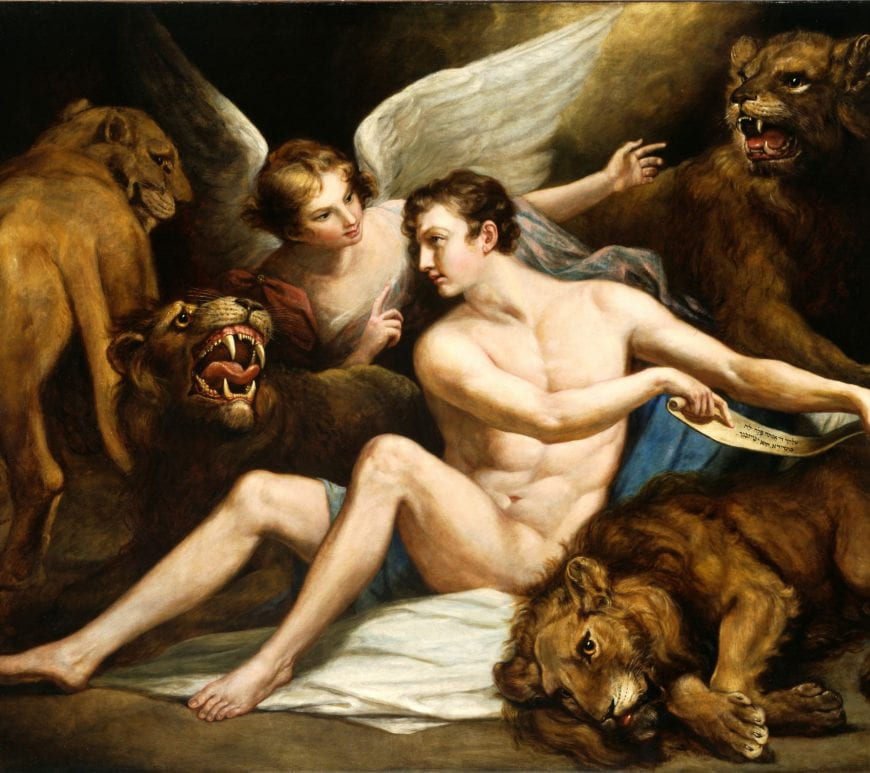
By Faryn Thomas, Jennifer Morse, Joseph Marques, and Robert Carhuayo How is witnessing acts of God treated across Genesis, Daniel, and Margaret? In Margaret, page 131, a huge crowd of people witness Margaret pray to God for salvation at the end, before her feet and hands are to be burned. God hears her and there is an earthquake, after which God speaks directly to her from the heavens. As…
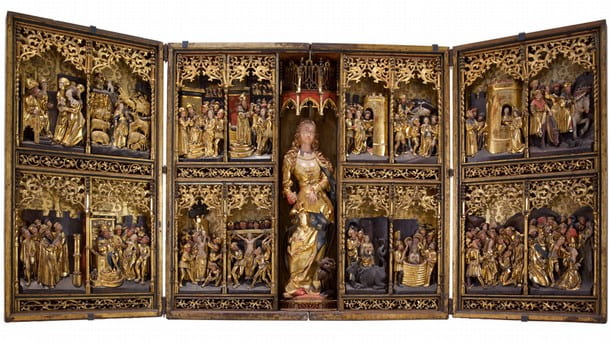
By Clare Kemmerer, Dannie Griggs, Maya Ordonez, and Kaedy Puckett Part I How did medieval viewers experience martyr stories? Were they fascinated by the lurid details of martyrdom–the grievous bodily harm, the horrifying demons, the beautiful virgins? Did they become afraid or inspired, measuring themselves up to an unmeetable example of Christian virtue? Were they spiritually transported, or were they something nearer to a modern superhero story, a fanciful legend…

.aoBoethius, like many other philosophers, feels the need to reason out the existence of free will in Book V of his Consolation of Philosophy. It is a natural question to come up when contemplating matters such the existence of evil amidst God’s providence. In the process though, Boethius and Lady Philosophy stumbled upon a conclusion that I think is worth exploring a bit more: “And human souls are more free…
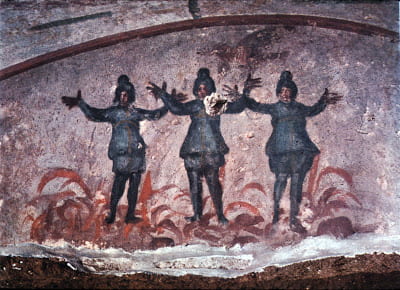
By Clare Kemmerer, Dannie Briggs, Kaedy Puckett, and Maya Ordonez Part I: “History is what hurts” remarked Fredric Jameson; Jeffrey Hamburger, responding, asks “what could be more natural than pain?”. Pain, in the Middle Ages, was gratuitously enacted and engaged upon; physical anguish was invoked in everything from grotesque legal punishments to depictions of Hell, from monastic pious practices to gruesome artworks. Artworks from the Middle Ages present pain in…